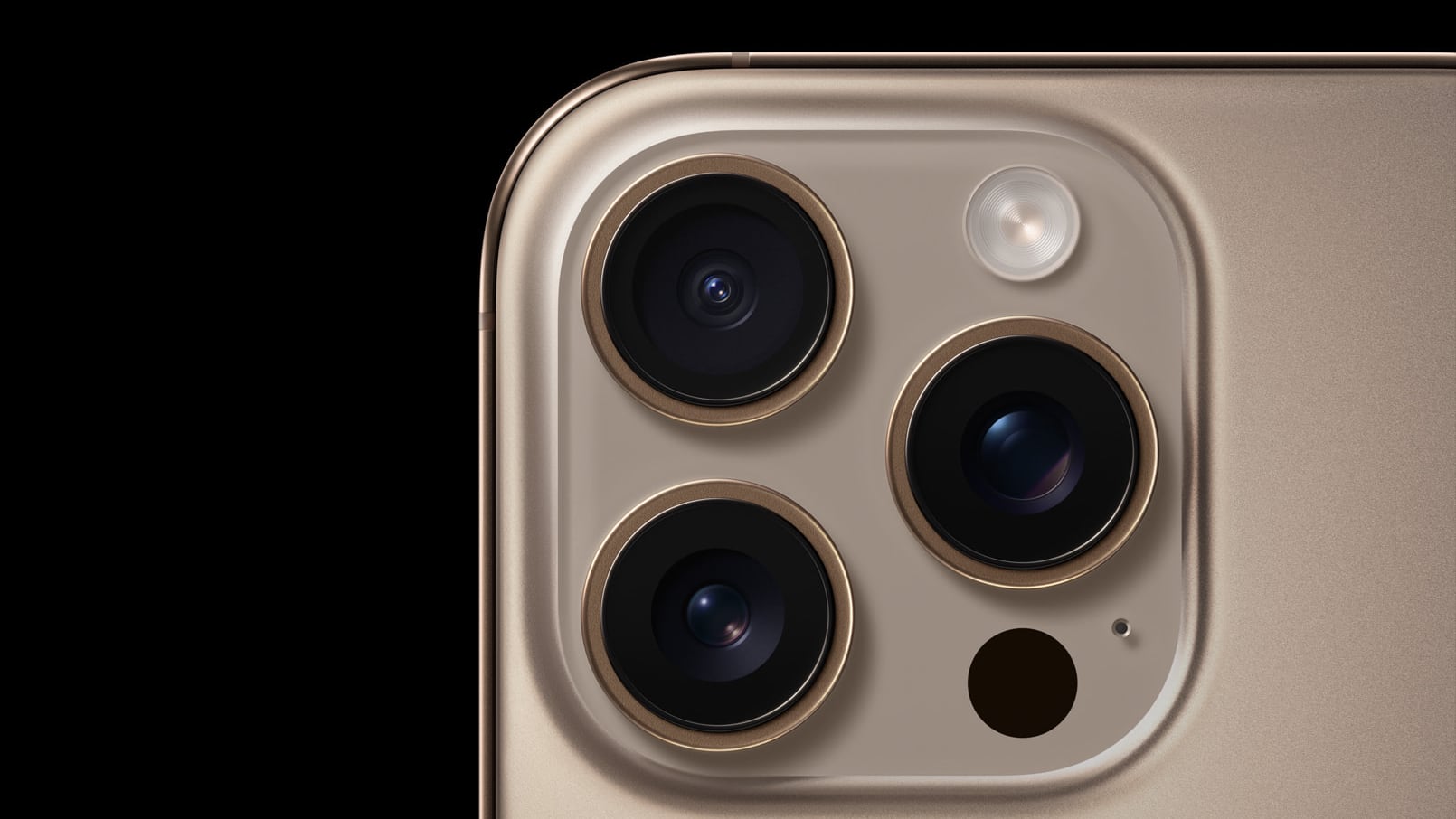
Apple is moving forward with plans to bring a new type of image sensor with dynamic range levels approaching that of the human eye to future iPhones, according to a Weibo leaker.

Last month, Apple filed a patent titled "Image Sensor With Stacked Pixels Having High Dynamic Range And Low Noise." It described an advanced sensor architecture that combines stacked silicon, multiple levels of light capture, and on-chip noise suppression mechanisms to reach up to 20 stops of dynamic range.
For comparison, the dynamic range of the human eye is estimated to be around 20 to 30 stops, depending on how the pupil adjusts and how light is processed over time. Most smartphone cameras today capture between 10 and 13 stops. If Apple's proposed sensor reaches its potential, it would not only surpass current iPhones but also outperform many professional cinema cameras, such as the ARRI ALEXA 35.
The patent outlined a stacked sensor design made up of two layers. The top layer, called the sensor die, contains the parts that capture light. The layer underneath, the logic die, handles processing, including noise reduction and exposure control.
One of the most important parts of the sensor design is a system called a Lateral Overflow Integration Capacitor (LOFIC). This allows each pixel in the sensor to store different amounts of light depending on how bright the scene is, all in the same image. With this, the sensor can handle extremely wide lighting differences, such as a person standing in front of a bright window, without losing detail in the shadows or highlights.
Another part of the design focuses on reducing image noise and grain. Each pixel has its own built-in memory circuit that measures and cancels out heat-related electronic noise in real time. This is done on the chip itself, before the image is saved or edited by software.
According to the Weibo leaker known as "Fixed Focus Digital," the project is more than merely a patent filing at Apple. The company has reportedly already developed the sensor and could now be testing it in developmental hardware, suggesting that there are plans to bring it to a consumer device in the future.
Currently, Apple uses sensors made by Sony across the iPhone lineup. Those sensors also use a two-layer design, but Apple's proposed version includes several original features and takes up less space. Crucially, Apple transitioning to its own sensors would give it complete control over the image pipeline and follow similar moves away from using hardware from companies like Intel and Qualcomm in favor of its own custom technology.
Article Link: Apple Reportedly Developing Its Own Custom Image Sensor for iPhone

